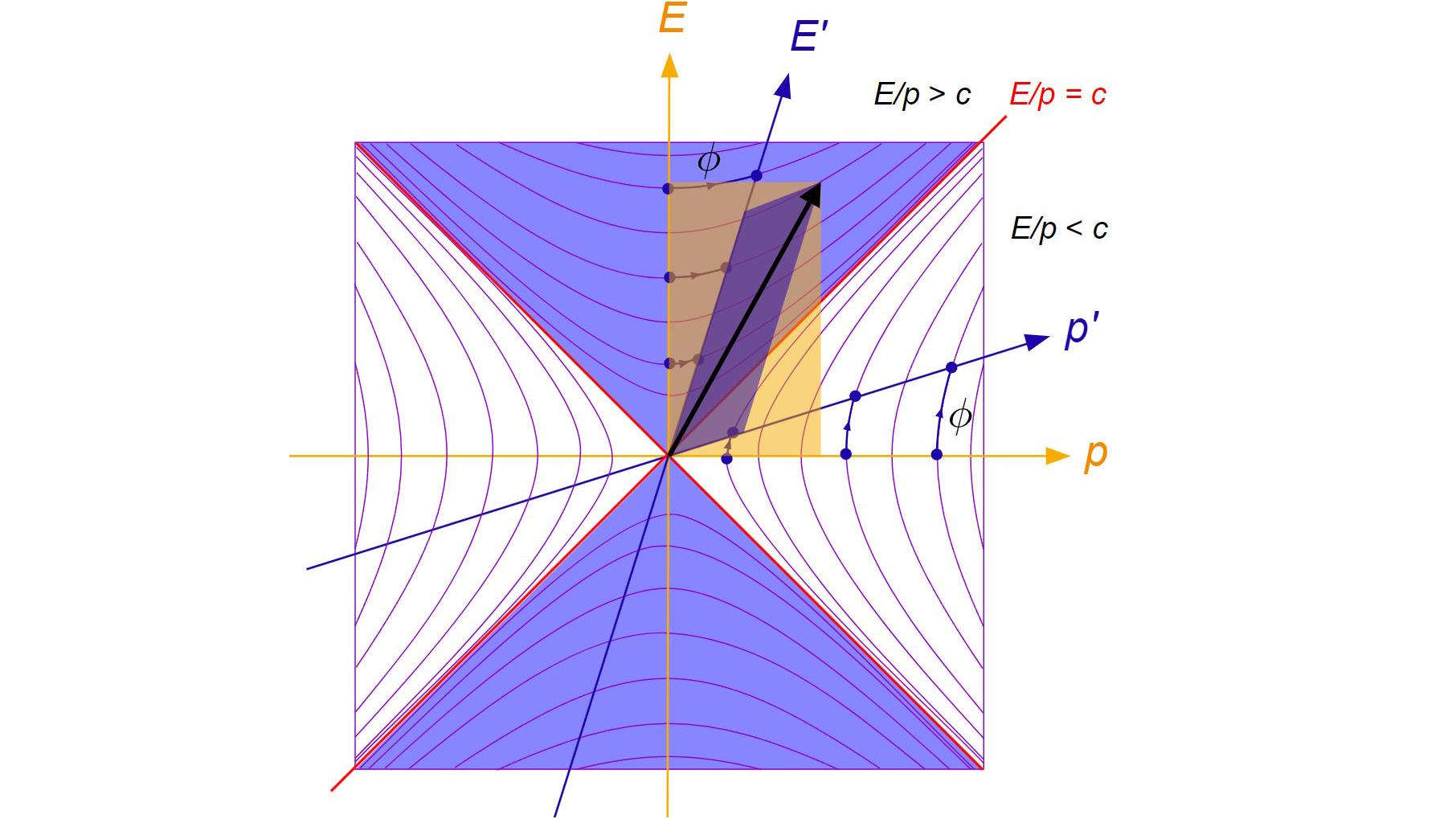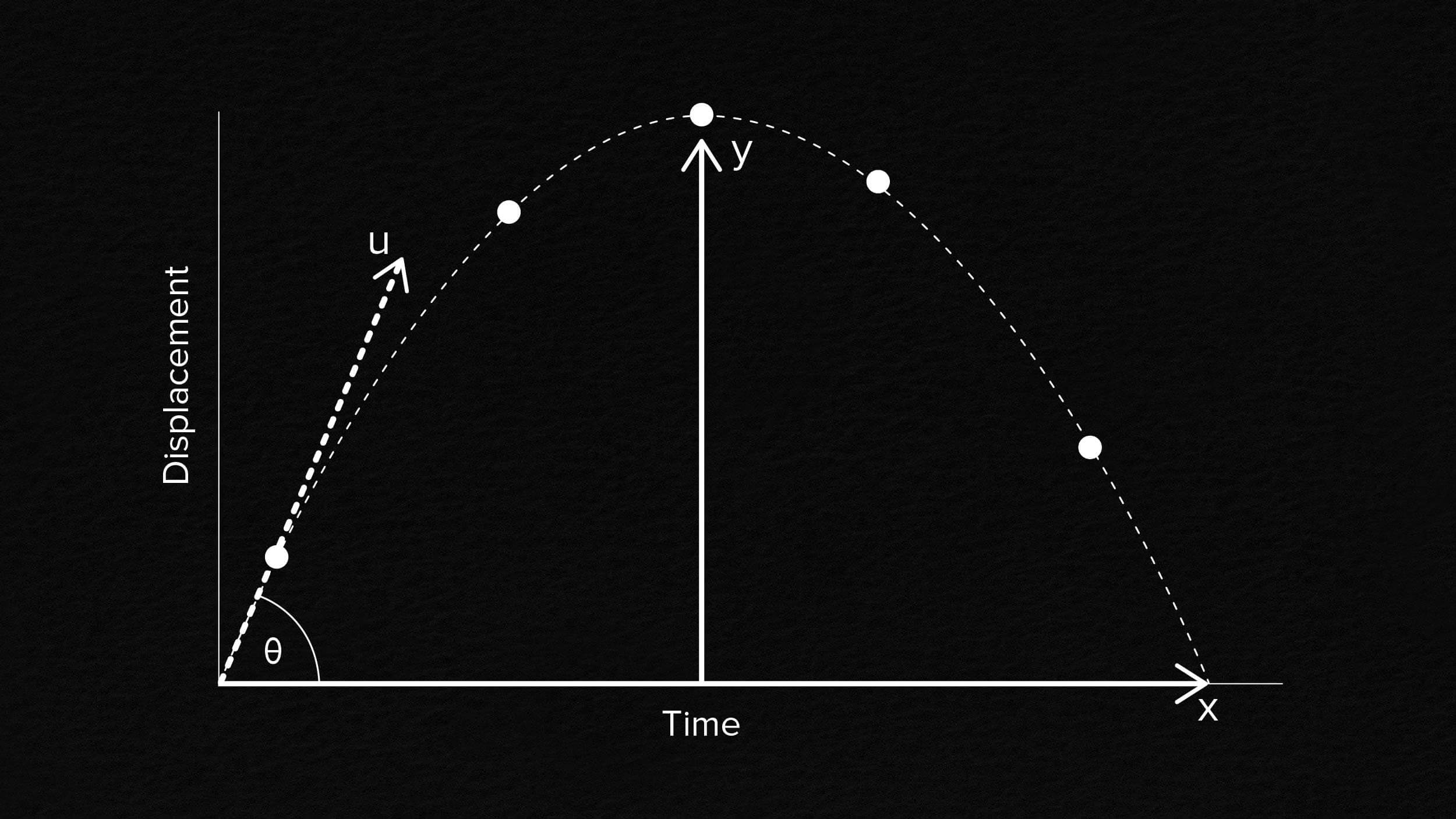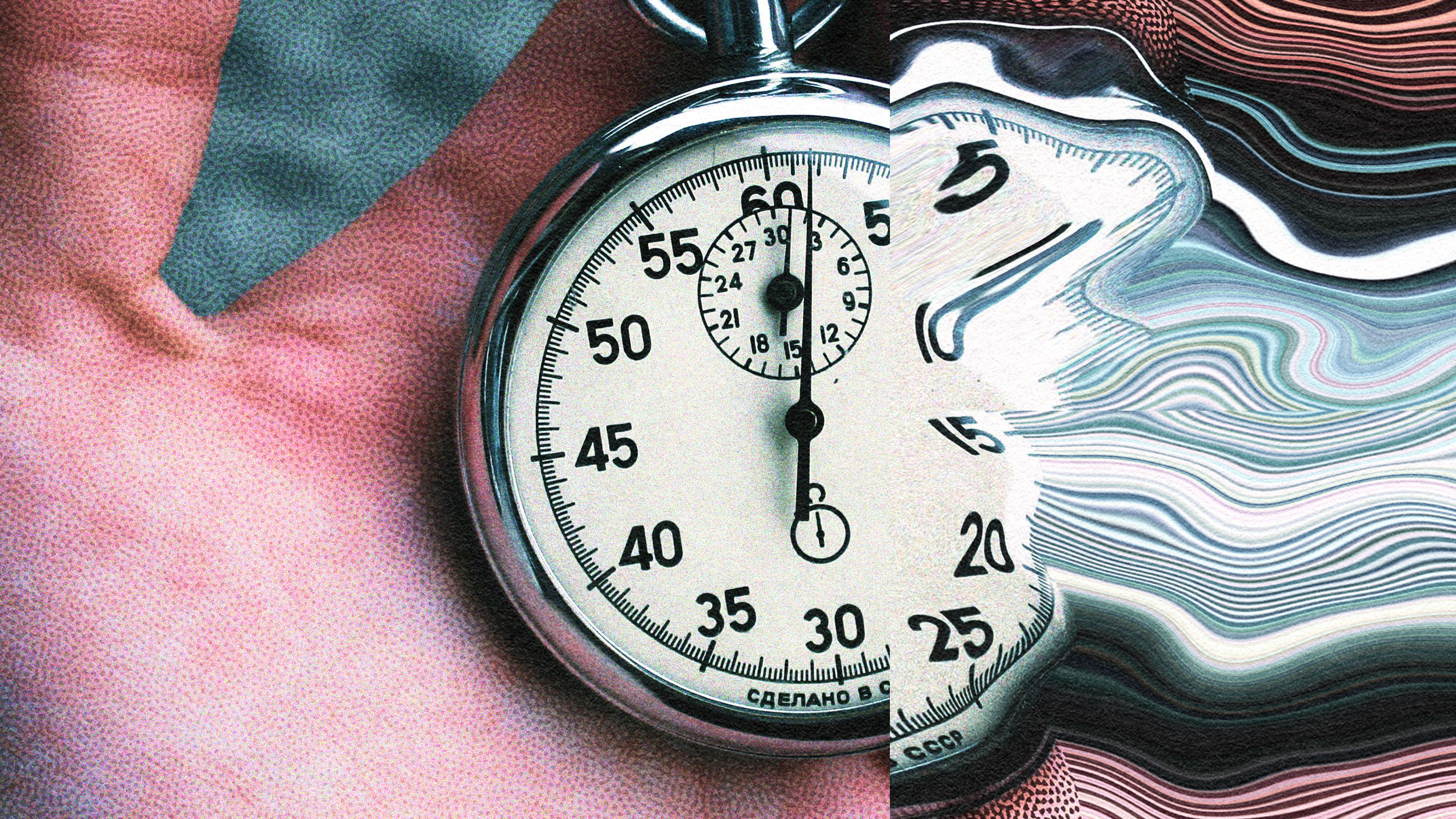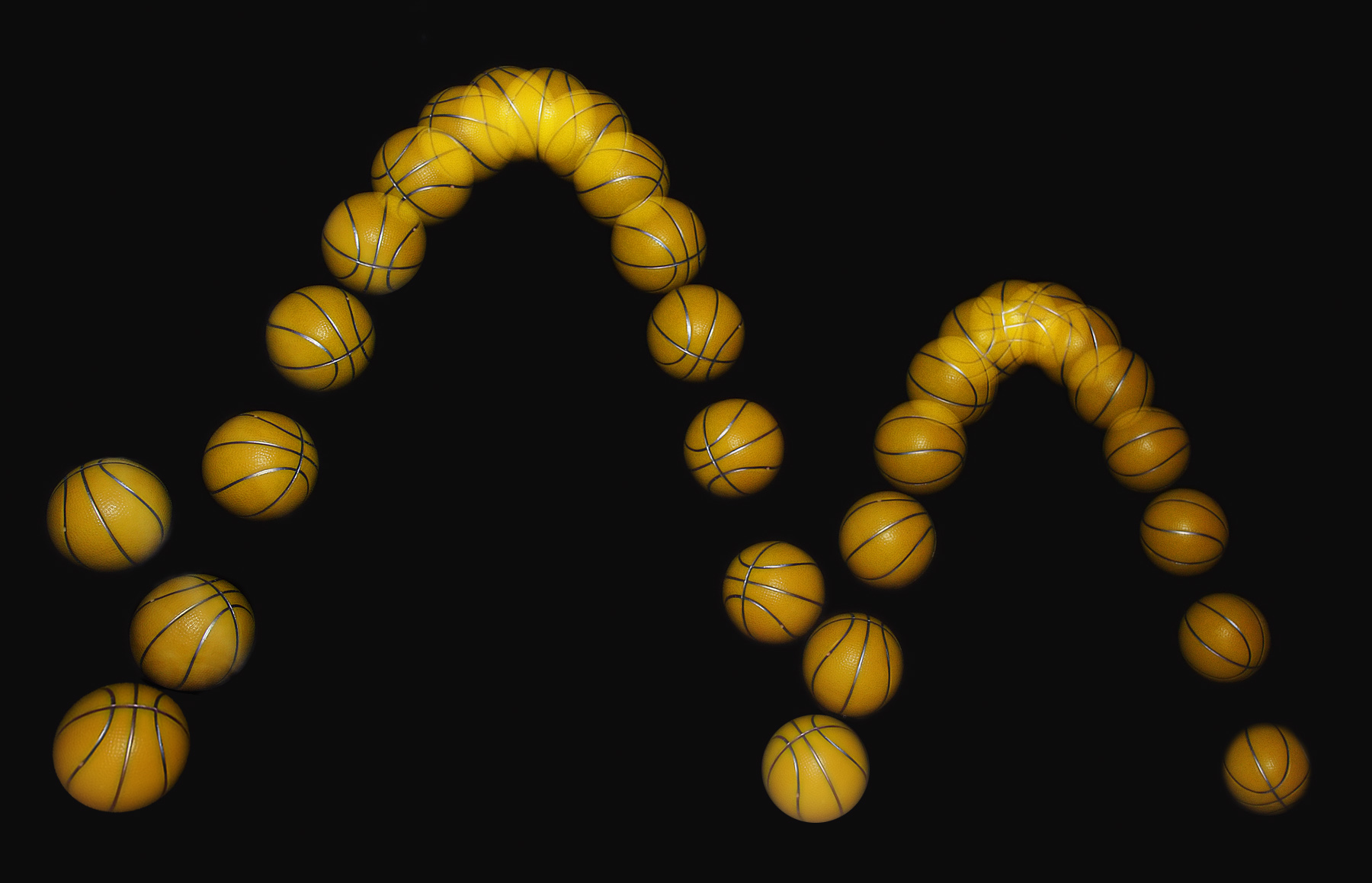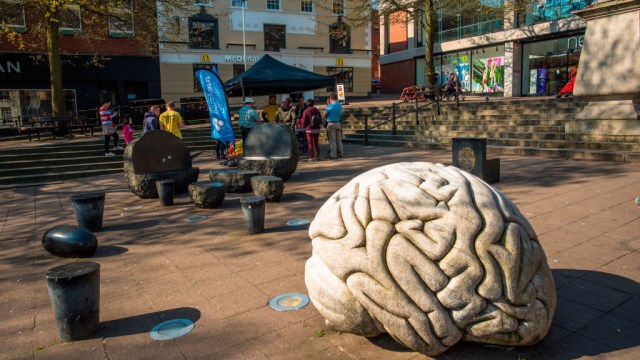Time is “elastic”: Why time passes faster atop a mountain than at sea level

ESA
- Since Einstein posited his theory of general relativity, we’ve understood that gravity has the power to warp space and time.
- This “time dilation” effect occurs even at small levels.
- Outside of physics, we experience distortions in how we perceive time — sometimes to a startling extent.
Place one clock at the top of a mountain. Place another on the beach. Eventually, you’ll see that each clock tells a different time. Why? Time moves slower as you get closer to Earth, because, as Einstein posited in his theory of general relativity, the gravity of a large mass, like Earth, warps the space and time around it.
Scientists first observed this “time dilation” effect on the cosmic scale, such as when a star passes near a black hole. Then, in 2010, researchers observed the same effect on a much smaller scale, using two extremely precise atomic clocks, one placed 33 centimeters higher than the other. Again, time moved slower for the clock closer to Earth.
The differences were tiny, but the implications were massive: absolute time does not exist. For each clock in the world, and for each of us, time passes slightly differently. But even if time is passing at ever-fluctuating speeds throughout the universe, time is still passing in some kind of objective sense, right? Maybe not.
In his book “The Order of Time,” Italian theoretical physicist Carlo Rovelli suggests that our perception of time — our sense that time is forever flowing forward — could be a highly subjective projection. After all, when you look at reality on the smallest scale (using equations of quantum gravity, at least), time vanishes.
“If I observe the microscopic state of things,” writes Rovelli, “then the difference between past and future vanishes … in the elementary grammar of things, there is no distinction between ’cause’ and ‘effect.'”
So, why do we perceive time as flowing forward? Rovelli notes that, although time disappears on extremely small scales, we still obviously perceive events occur sequentially in reality. In other words, we observe entropy: Order changing into disorder; an egg cracking and getting scrambled.
Rovelli says key aspects of time are described by the second law of thermodynamics, which states that heat always passes from hot to cold. This is a one-way street. For example, an ice cube melts into a hot cup of tea, never the reverse. Rovelli suggests a similar phenomenon might explain why we’re only able to perceive the past and not the future.
“Any time the future is definitely distinguishable from the past, there is something like heat involved,” Rovelli wrote for the Financial Times. “Thermodynamics traces the direction of time to something called the ‘low entropy of the past’, a still mysterious phenomenon on which discussions rage.”
Benedict Cumberbatch on The Order of Timeyoutu.be
He continues:
“Entropy growth orients time and permits the existence of traces of the past, and these permit the possibility of memories, which hold together our sense of identity. I suspect that what we call the “flowing” of time has to be understood by studying the structure of our brain rather than by studying physics: evolution has shaped our brain into a machine that feeds off memory in order to anticipate the future. This is what we are listening to when we listen to the passing of time. Understanding the “flowing” of time is therefore something that may pertain to neuroscience more than to fundamental physics. Searching for the explanation of the feeling of flow in physics might be a mistake.”
Scientists still have much to learn about how we perceive time, and why time operates differently depending on the scale. But what’s certain is that, outside of the realm of physics, our individual perception of time is also surprisingly elastic.
Time moves differently atop a mountain than it does on a beach. But you don’t need to travel any distance at all to experience strange distortions in your perception of time. In moments of life-or-death fear, for example, your brain would release large amounts of adrenaline, which would speed up your internal clock, causing you to perceive the outside world as moving slowly.
Another common distortion occurs when we focus our attention in particular ways.
“If you’re thinking about how time is currently passing by, the biggest factor influencing your time perception is attention,” Aaron Sackett, associate professor of marketing at the University of St. Thomas, told Gizmodo. “The more attention you give to the passage of time, the slower it tends to go. As you become distracted from time’s passing—perhaps by something interesting happening nearby, or a good daydreaming session—you’re more likely to lose track of time, giving you the feeling that it’s slipping by more quickly than before. “Time flies when you’re having fun,” they say, but really, it’s more like “time flies when you’re thinking about other things.” That’s why time will also often fly by when you’re definitely not having fun—like when you’re having a heated argument or are terrified about an upcoming presentation.”
One of the most mysterious ways people experience time-perception distortions is through psychedelic drugs. In an interview with The Guardian, Rovelli described a time he experimented with LSD.
“It was an extraordinarily strong experience that touched me also intellectually,” he said. “Among the strange phenomena was the sense of time stopping. Things were happening in my mind but the clock was not going ahead; the flow of time was not passing any more. It was a total subversion of the structure of reality.”
It seems few scientists or philosophers believe time is completely an illusion.
“What we call time is a rich, stratified concept; it has many layers,” Rovelli told Physics Today. “Some of time’s layers apply only at limited scales within limited domains. This does not make them illusions.”
What is an illusion is the idea that time flows at an absolute rate. The river of time might be flowing forever forward, but it moves at different speeds, between people, and even within your own mind.
